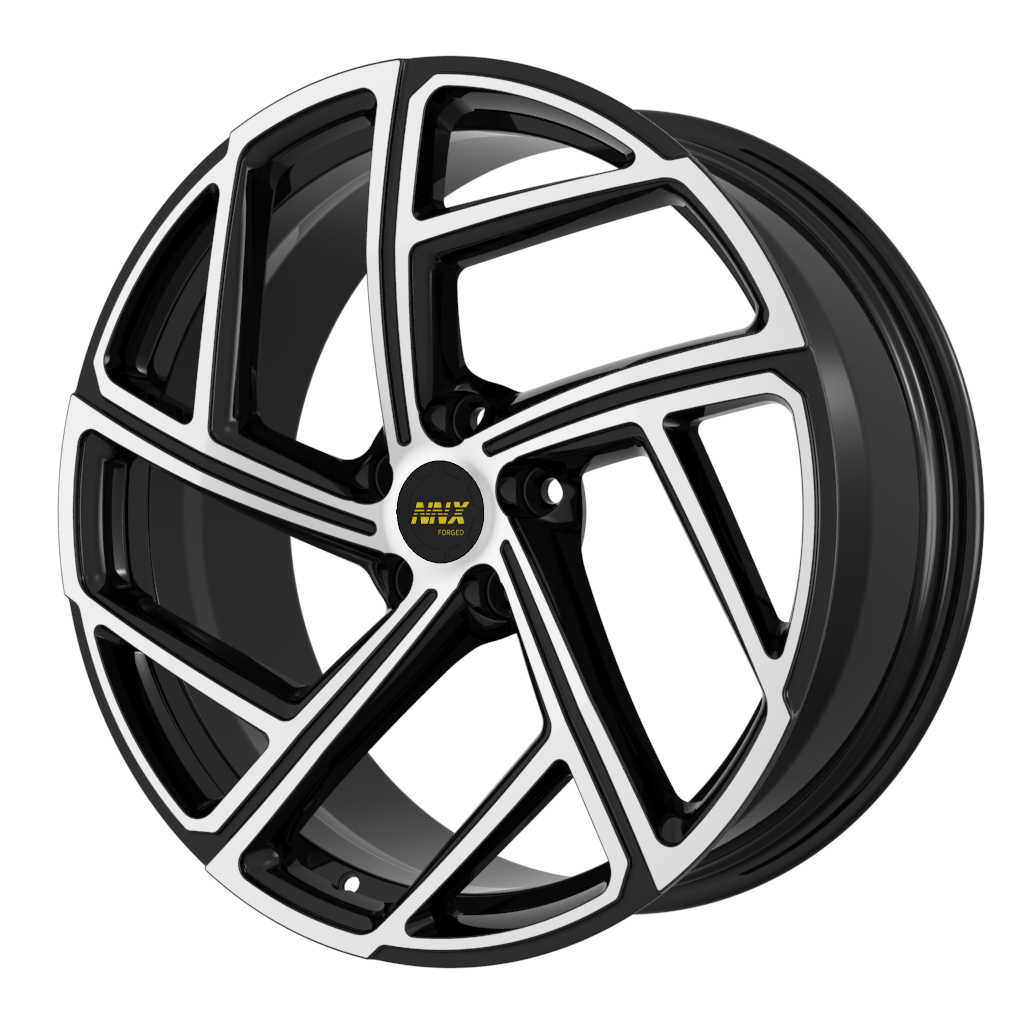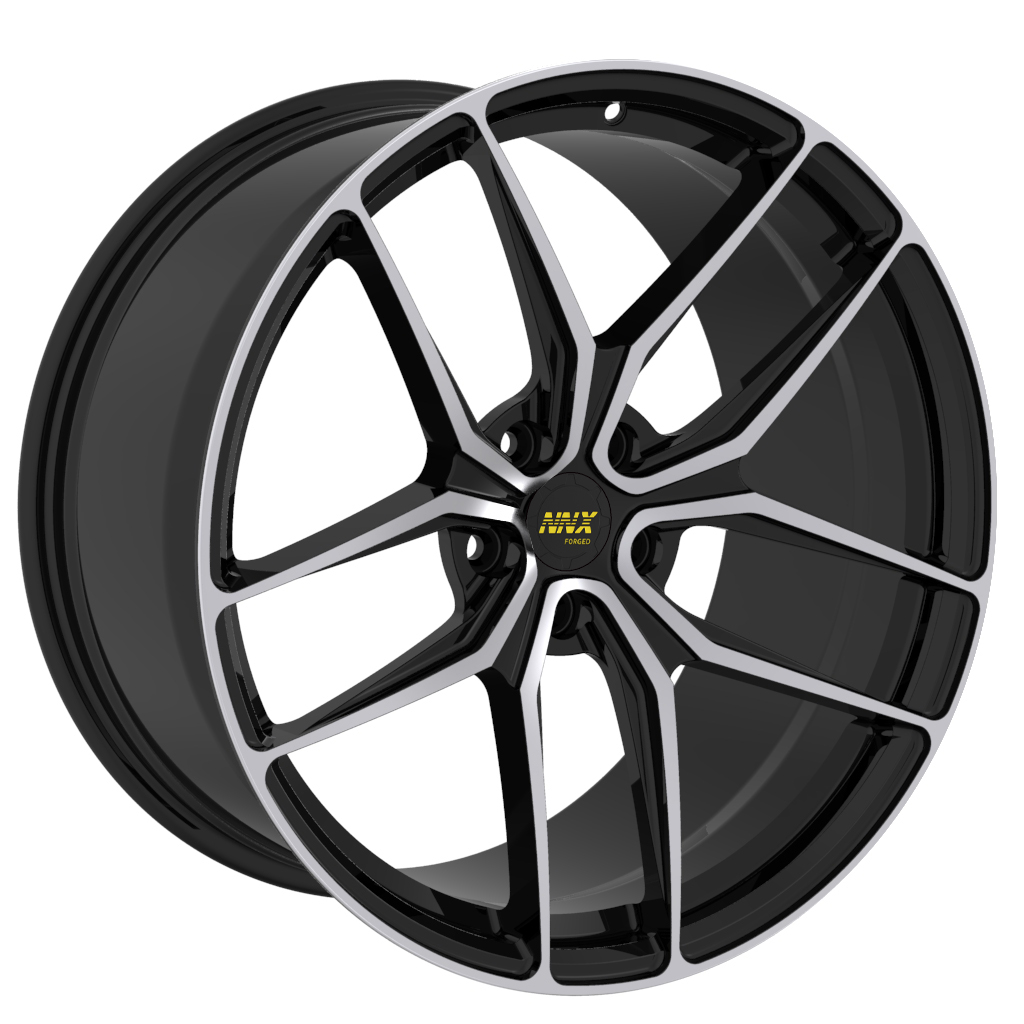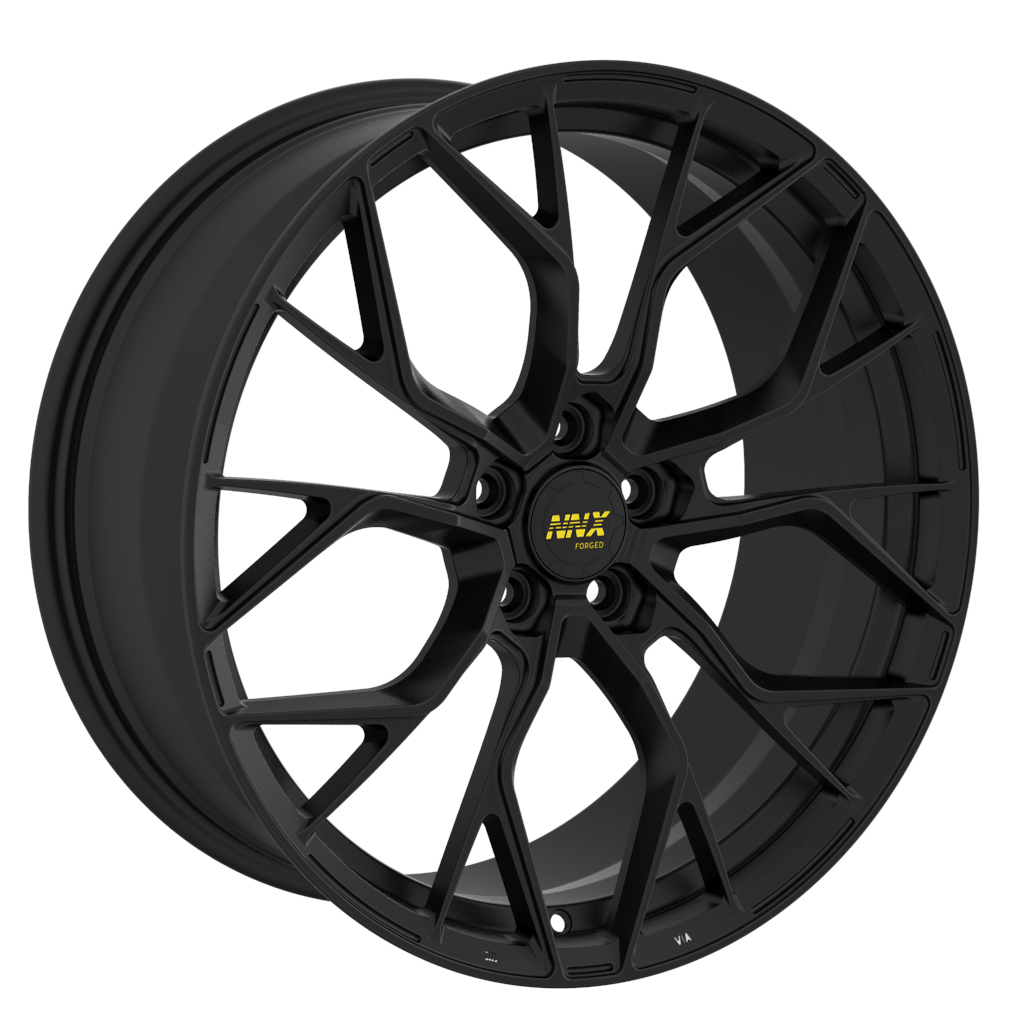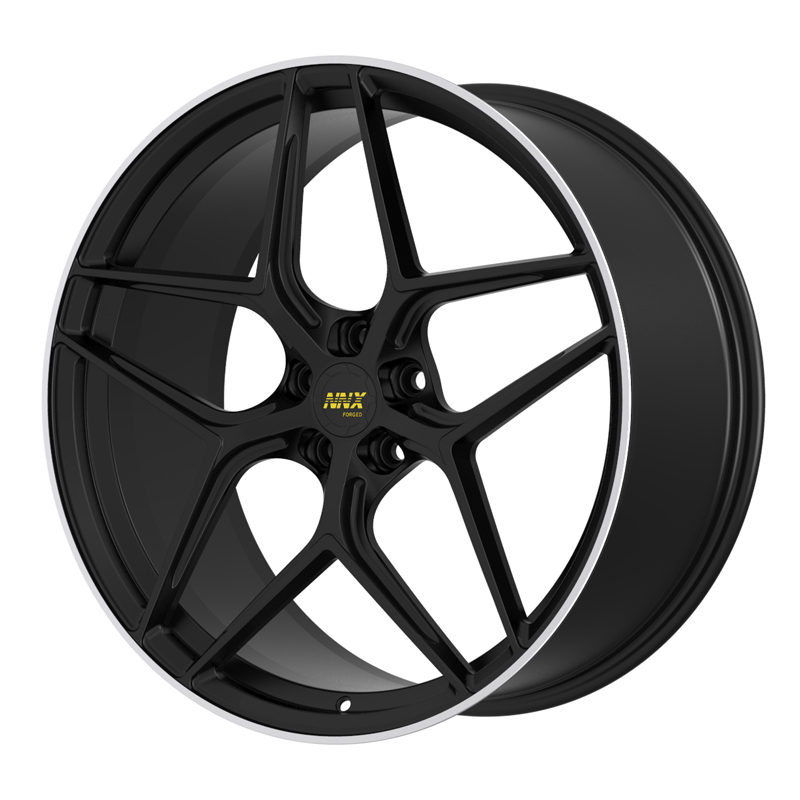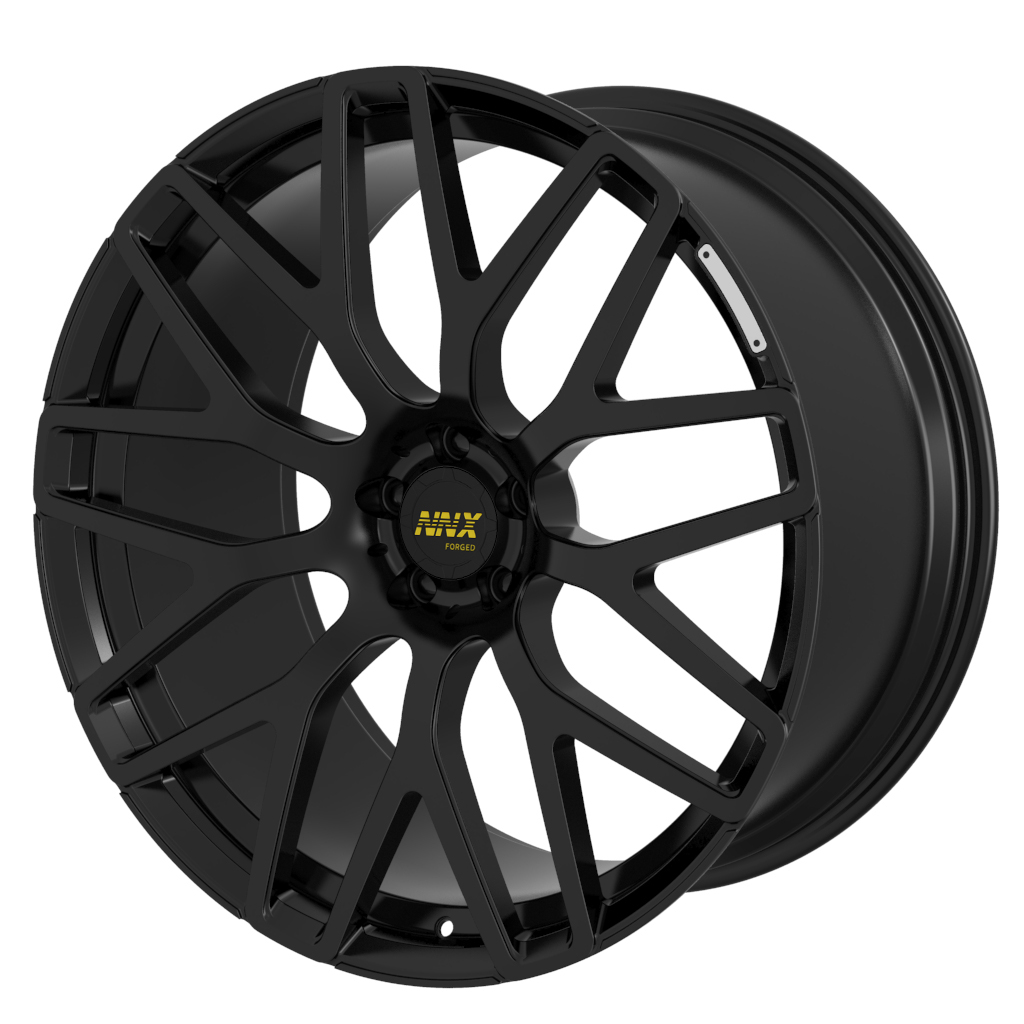NNX-D895 23X10 23X11.5 ET 38 35 P.C.D 5X112 center hole 66.6 1piece forged wheel (custom 16-24inch any date)
MAO damage heat treatment process design
The heat treatment process generally includes three processes: heating, heat preservation and cooling, and sometimes only two processes: heating and cooling. These processes are interrelated and uninterrupted. Compared with other metal thermal treatment processes, aluminum alloy hair feather heat treatment has backward characteristics. For steel with high carbon content, it immediately obtains high hardness after quenching, and has low plasticity. However, aluminum alloy is not like this. After aluminum alloy quenching, the strength and hardness will not increase immediately. As for plasticity, it does not decrease. However, the strength and hardness of this quenching will increase significantly, and the plasticity will be significantly reduced after a period of time (such as 4 ~ 6 days and nights). After aluminum alloy quenching, the strength and hardness increased significantly over time, called timeliness. Aging can occur at room temperature, it is called natural aging, or it can also occur within a certain temperature range (such as 100 ~ 200 ° C) higher than the room temperature, which is called artificial aging.
At present, the heat treatment equipment for manufacturing wheel hair defects adopts a series of continuous thermal treatment processes that use continuous thermal treatment furnaces to complete hair defects. The heat treatment of the blank includes three steps:
(1) solid-soluble heat treatment-dissolved and soluble phase.
(2) The formation of overwhelmed solid solution.
(3) Time-room temperature (natural timeliness) or high temperature (artificial timeliness or precipitation thermal treatment) under the precipitation atoms.
The wheels are produced as the standard of safety parts in automobile parts, so the quality of the wheels is very important. In order to obtain good the quality of heat treatment for good wheels, during its heat treatment process, the process parameters of thermal treatment must be accurate and the thermal treatment parameters are incorrect. After thermal treatment, the mechanical properties of the casting are unqualified, burnt, deformation, and cracking. The main reason is as follows:
1. Low soluble treatment temperature or insufficient thermal insulation time, the enhanced phase cannot be completely dissolved in AL.
2. Insufficient cooling speed during water cooling.
3. The wheel’s transfer time from the stove to the quenching groove is too long.
4. The aging temperature is too low or the insulation time is not enough.
5 When the temperature of the solid outside is too high or the thermal insulation time is too long, the low melting point of the alloy crystal boundary began to melt and the liquid phase occurs. Under the influence of surface tension, liquid-phase contraction into spherical, spherical or polygonal heavy melting compounds. During severe burns, band-shaped and ring-shaped heavy melting compounds appear on all crystal boundaries and even the surface of the wheels. When the burnt microstrip organization appears, the mechanical properties of the alloy decrease sharply and cannot be remedied.
- Min.Order Quantity: 4 Piece/Pieces
- Supply Ability: 100000 Piece/Pieces per Month




